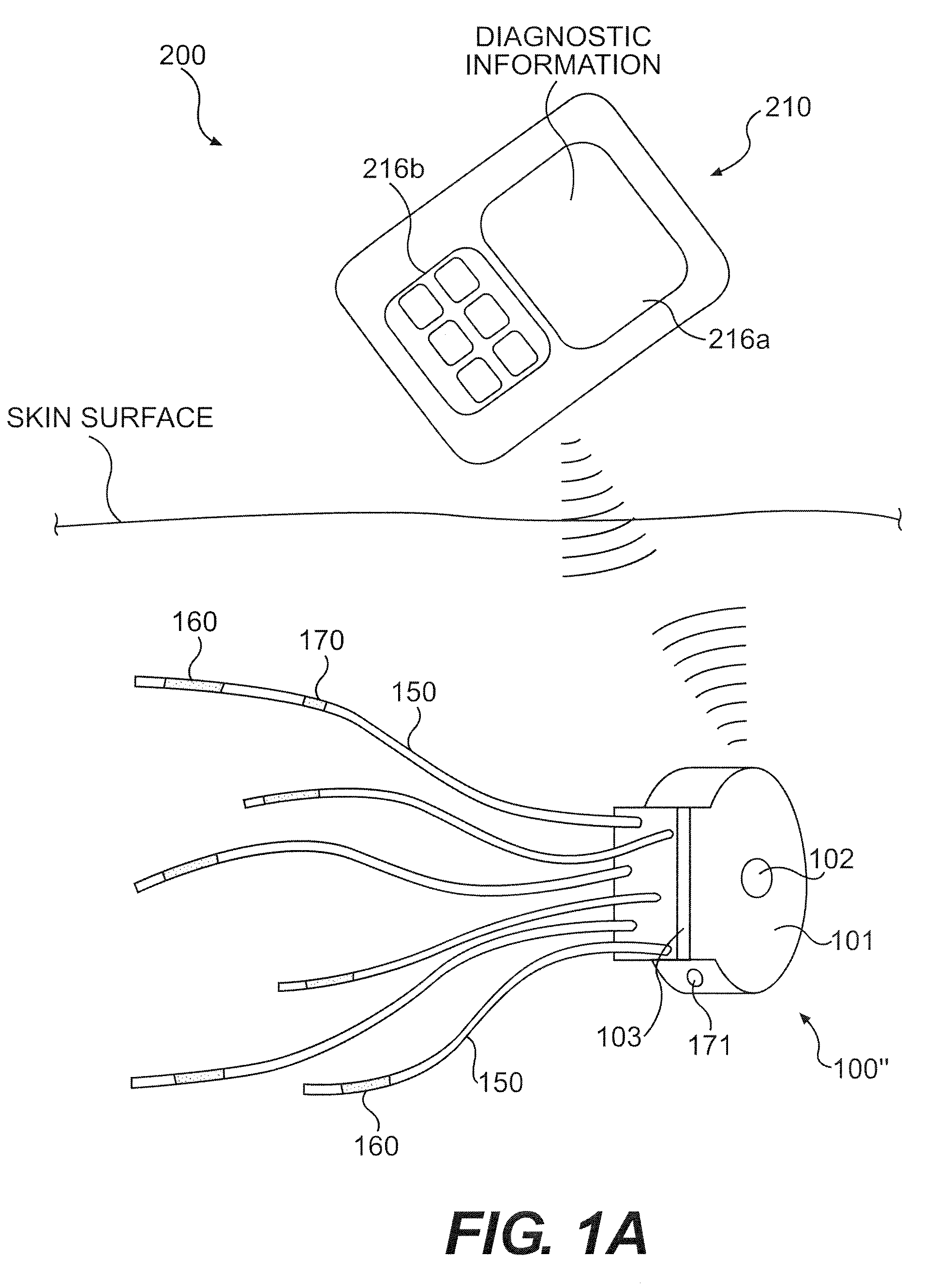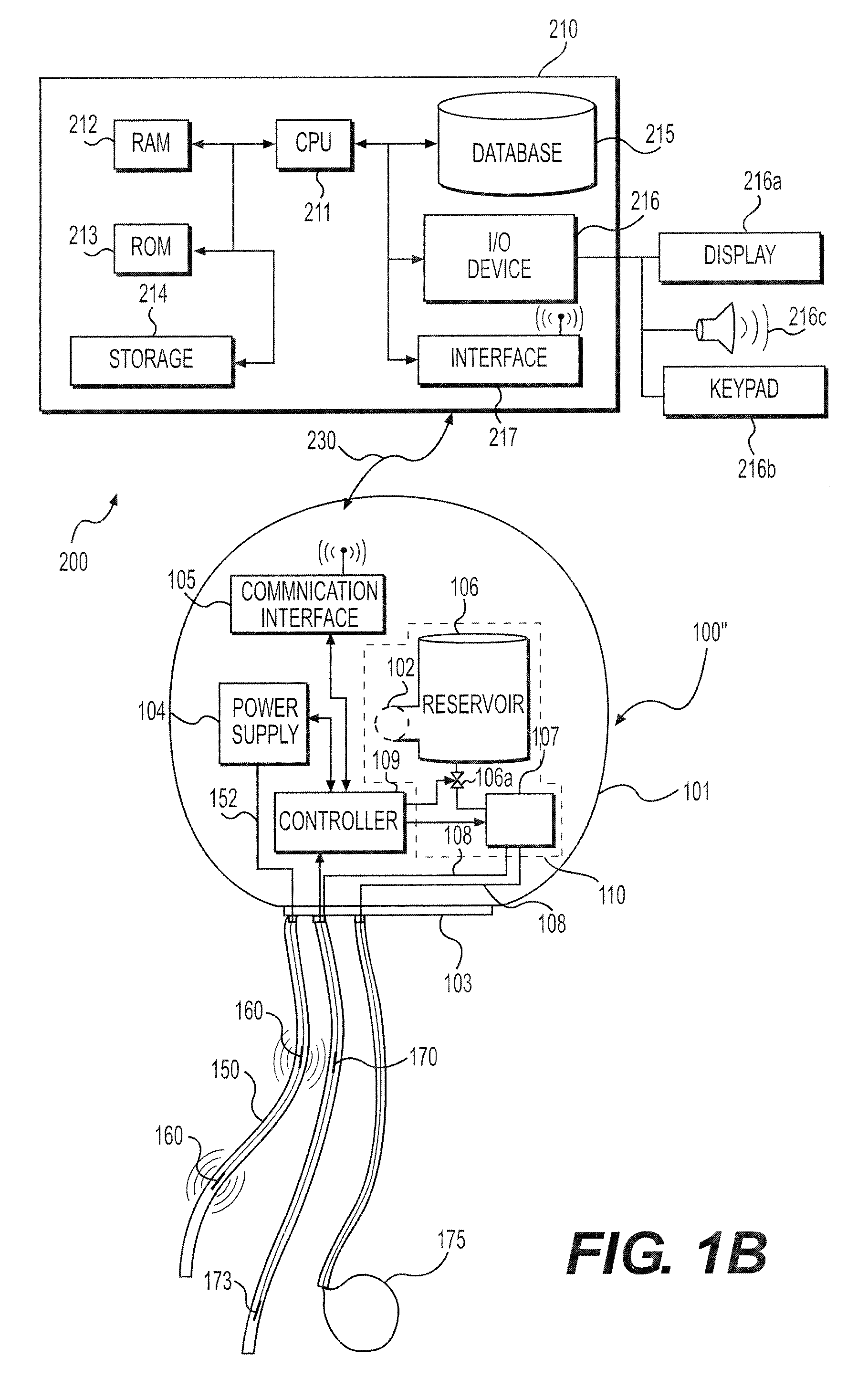Systems and methods for promoting nerve recognition
a nerve recognition and nerve technology, applied in the field of systems and methods for promoting nerve recognition, can solve the problems of limiting the control of the nervous system over the body, nerve damage or severed, and nerve cells may not regenerate on its own
- Summary
- Abstract
- Description
- Claims
- Application Information
AI Technical Summary
Benefits of technology
Problems solved by technology
Method used
Image
Examples
Embodiment Construction
[0051]Reference will now be made in detail to exemplary embodiments consistent with the invention, examples of which are illustrated in the accompanying drawings. Wherever possible, the same reference numbers will be used throughout the drawings to refer to the same or like parts.
[0052]The embodiments described herein are directed toward systems and methods for reconnecting diseased, severed, or otherwise damaged nerves. More specifically, the present embodiments provide a system for causing severed or damaged nerve axons to grow and re-attach to other healthy nerves. Accordingly, the nerve regeneration treatments described herein are directed toward restoring signal transmission capabilities of central and peripheral nervous systems to restore motor control and sensory functions of damaged nerves in patients.
[0053]FIG. 1A illustrates an exemplary nerve regeneration system 200 consistent with the disclosed embodiments. Nerve regeneration system 200 may include one or more components...
PUM
 Login to View More
Login to View More Abstract
Description
Claims
Application Information
 Login to View More
Login to View More - R&D
- Intellectual Property
- Life Sciences
- Materials
- Tech Scout
- Unparalleled Data Quality
- Higher Quality Content
- 60% Fewer Hallucinations
Browse by: Latest US Patents, China's latest patents, Technical Efficacy Thesaurus, Application Domain, Technology Topic, Popular Technical Reports.
© 2025 PatSnap. All rights reserved.Legal|Privacy policy|Modern Slavery Act Transparency Statement|Sitemap|About US| Contact US: help@patsnap.com



